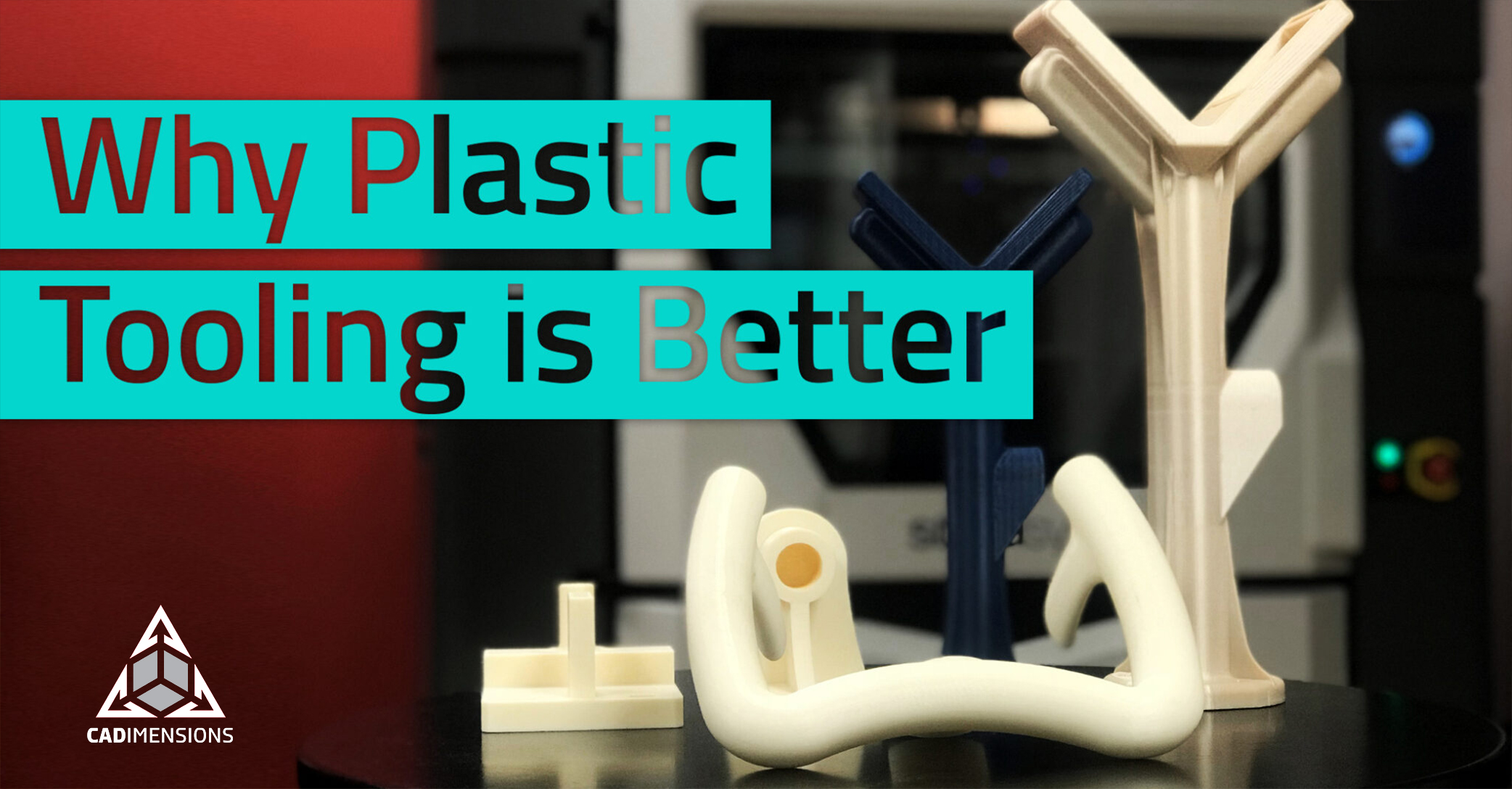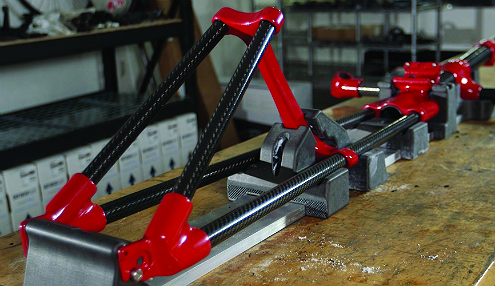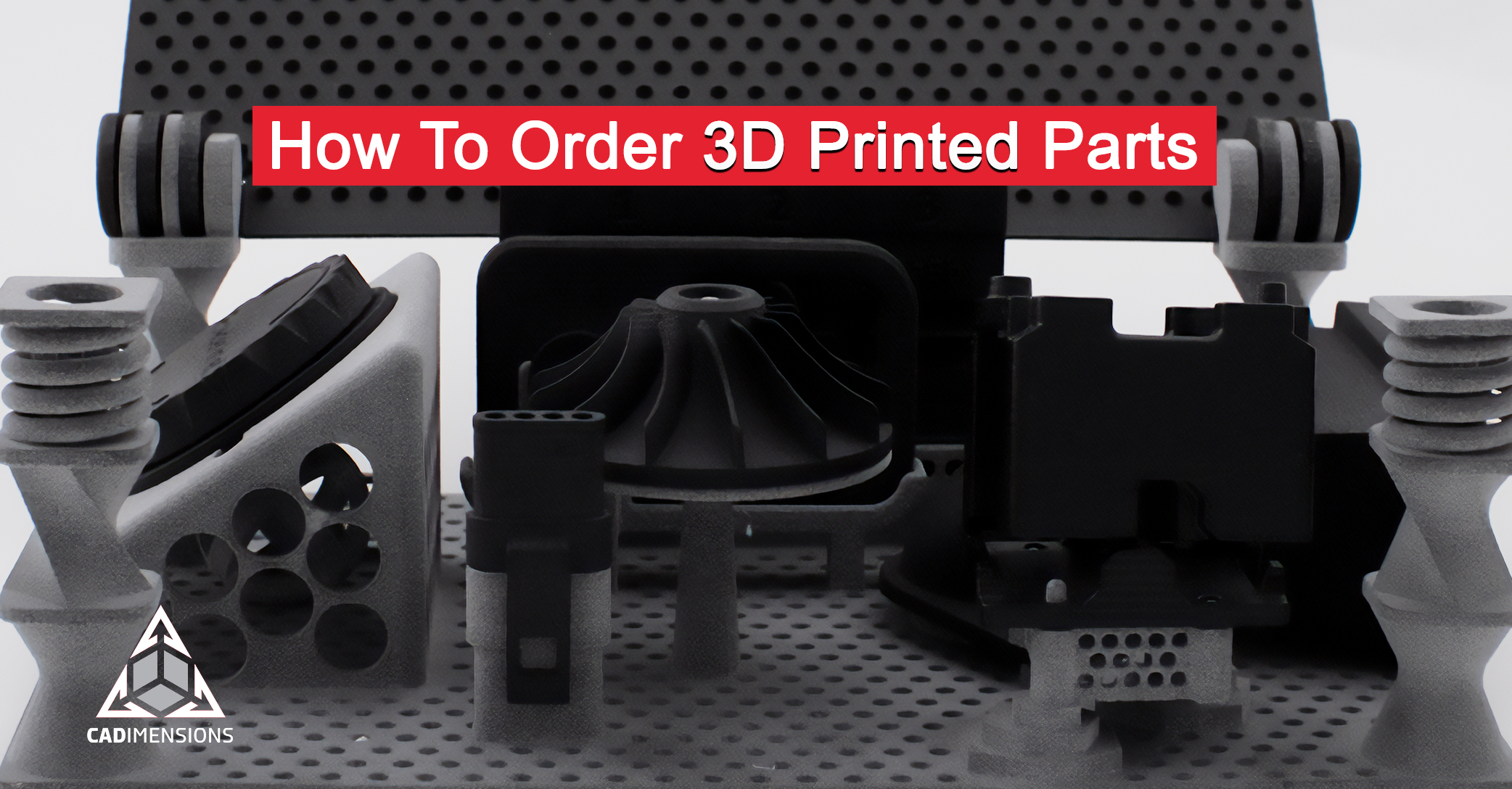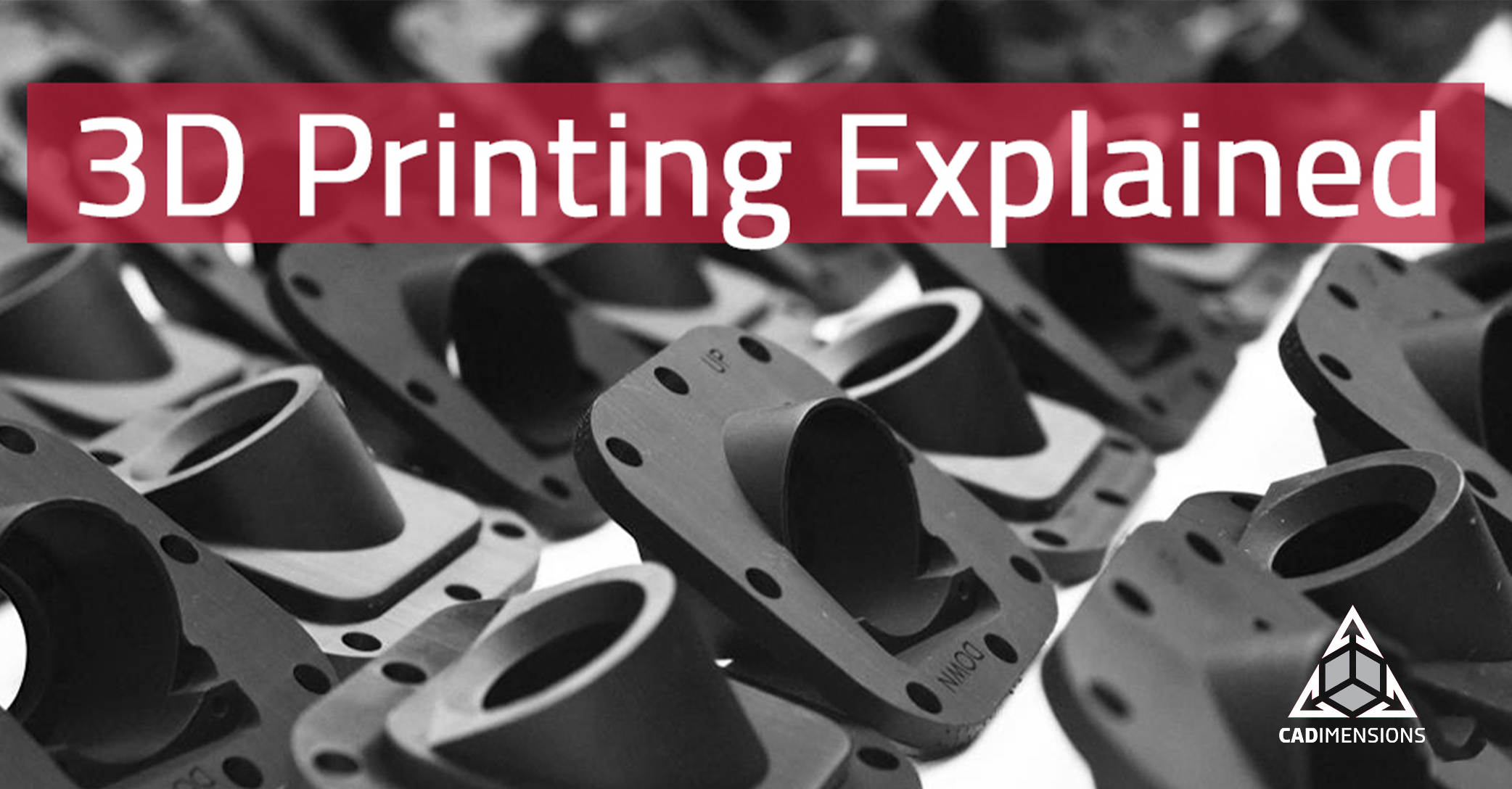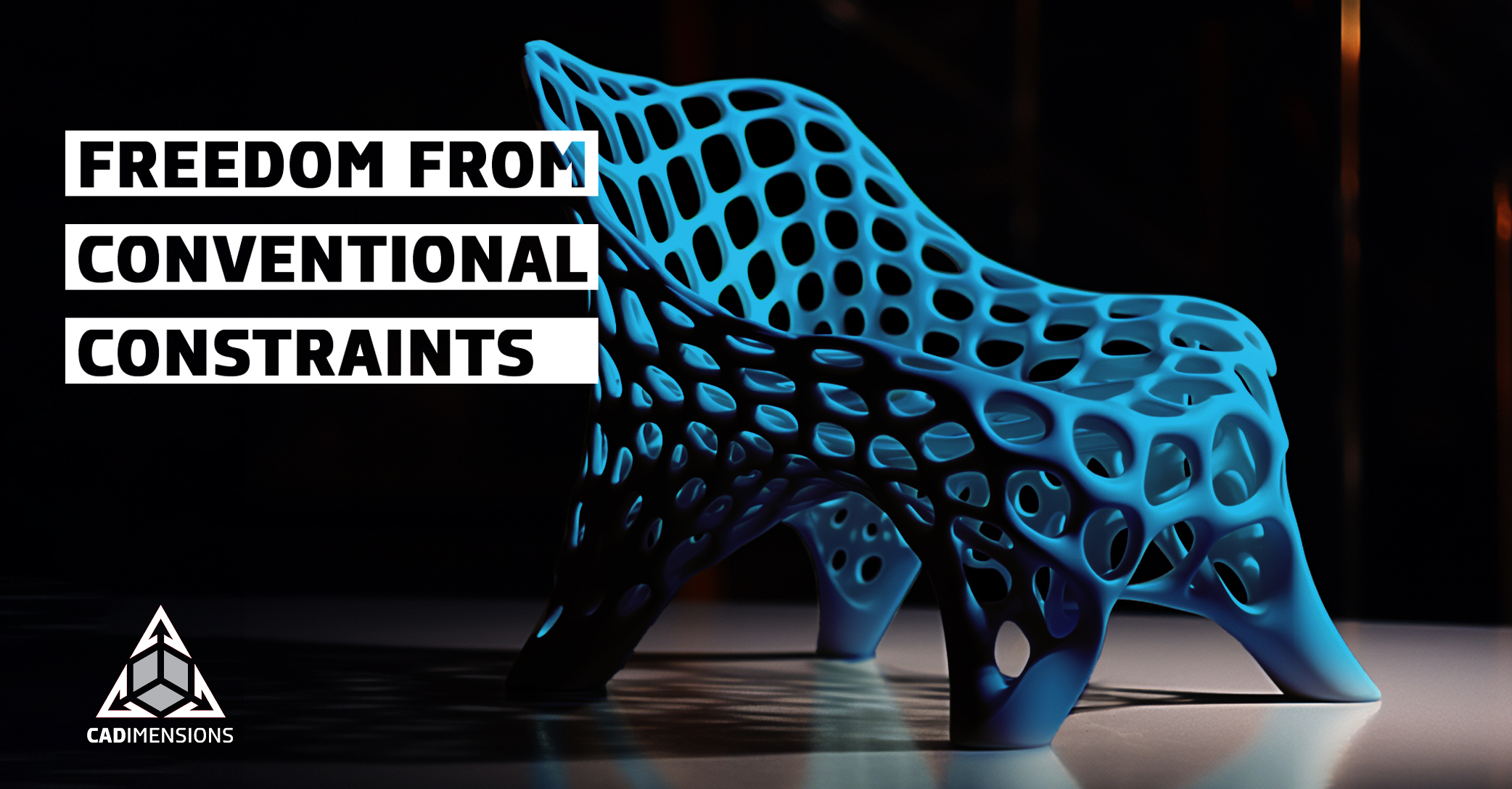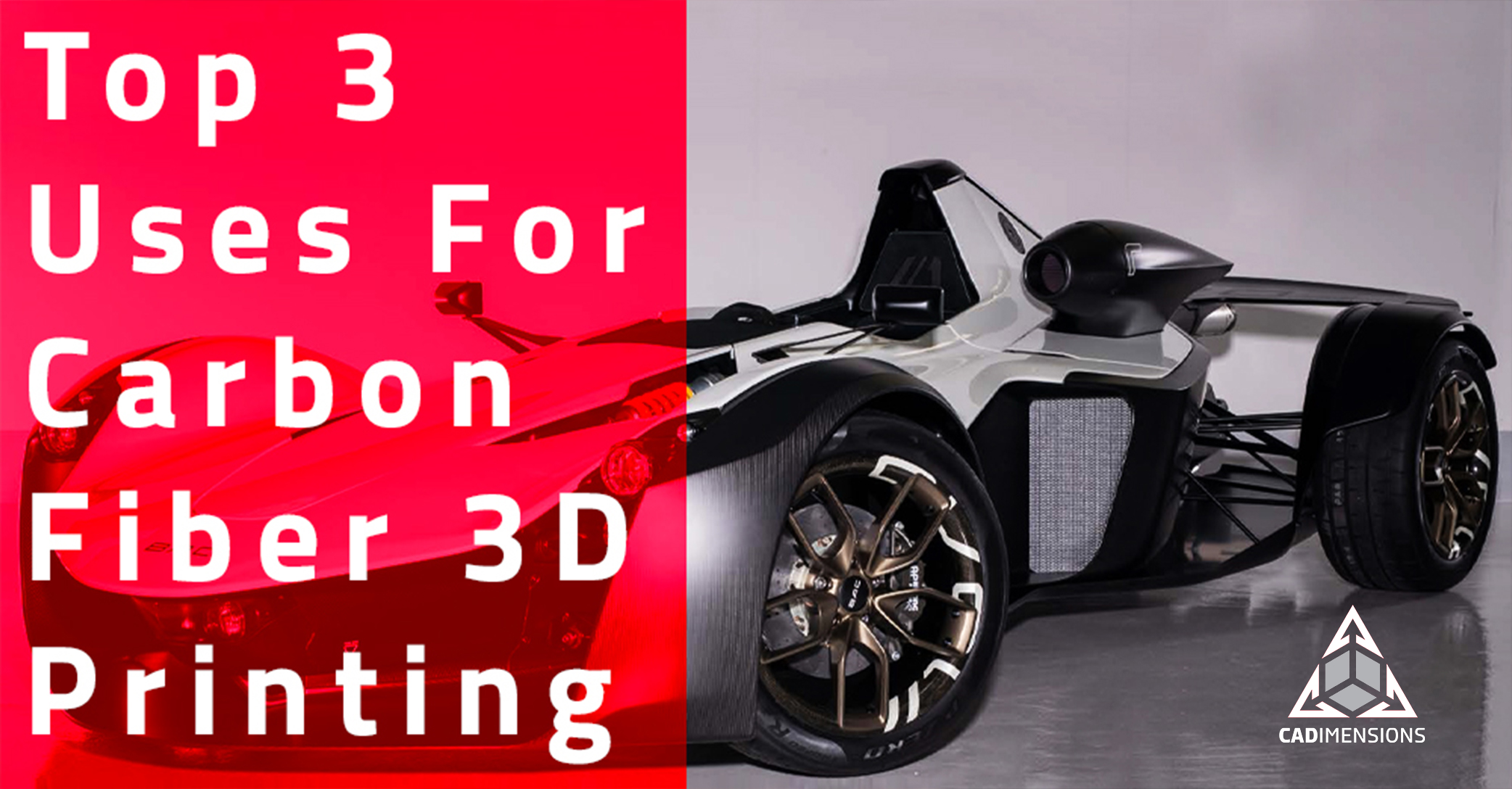How to Deal with Increased Raw Material Cost
In the last few years, the United States imposed worldwide tariffs on steel and aluminum. This has caused increased raw material cost that is becoming a pain for manufacturing businesses. These companies not only rely on steel and aluminum to make the products that they sell, but also use these metals to make tools and fixtures to make the process run smoothly.
According to Reuters, steel has an active tariff of 25% - and aluminum, 10%. While a handful of countries are exempt from the tariff, every other source of raw material has this additional price added. Imagine if the price of gasoline or car payments suddenly spiked 25% - the country would be in an outrage!
Perhaps this is why nearly half of manufacturing companies cite increased raw material cost as their current biggest challenge. Posed with a challenge outside of your control, what can a manufacturing business do? Stop using metal? Probably not, but many businesses have successfully started using less metal in favor of high-strength, light weight plastics.
The vast majority of our customer base falls within the manufacturing sector, so we visit them all the time. Often, there are shelves overflowing with metal tooling and fixtures. 9/10 times, those fixtures do not have to be made out of metal, it is just what was available at the time. On rare occasion, the tolerances or temperature requirements top what 3D printed plastics can handle – but again, those are rare.
2 Reasons Why Plastic Tooling is Better
For fixtures, tooling, and assembly aids, 3D printing brings two huge benefits that more traditional methods can’t compete with: lightweighting and ergonomics. Most 3D printed parts have some level of hollow-ness, filled with a grid pattern instead of hollow plastic. Generally speaking, the lighter a tool can be on a manufacturing floor, the safer the operator is if it gets dropped or mis-handled. Considering the average workers compensation claim costs a company $40,000, mitigating the risk of injury should be some concern.
Ergonomics plays a factor in this area as well. 3D printing is well known for its ability to make structures that could not be built with any other technology. By designing tools without the restrictions of a 3-axis mill, workers can have more comfortable tools. These are much appreciated when using the same tool repeatedly for hours on end.
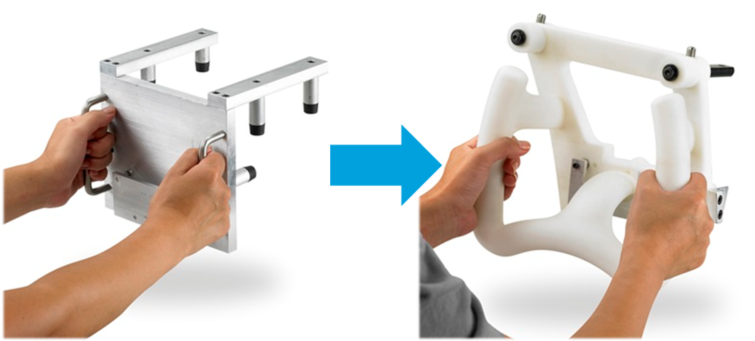
These factors allowed BMW to turn the unimpressive tool above into a tool that is much more comfortable to use. On top of that, they were able to make it much faster than they would have if they needed to work their way into the shop’s job queue.
Manufacturing companies today face many challenges, but one of the most painful is increased raw material cost. While there are exceptions, most of the time metal fixtures, tooling, and assembly aids can be 3D printed in plastic instead of metal. By using less metal, manufacturers can save money on material, while creating a safer, more effective process.
If you’re still not convinced, you can check out this Forbes article talking about 3D printing as a way to combat tariffs on raw materials.
